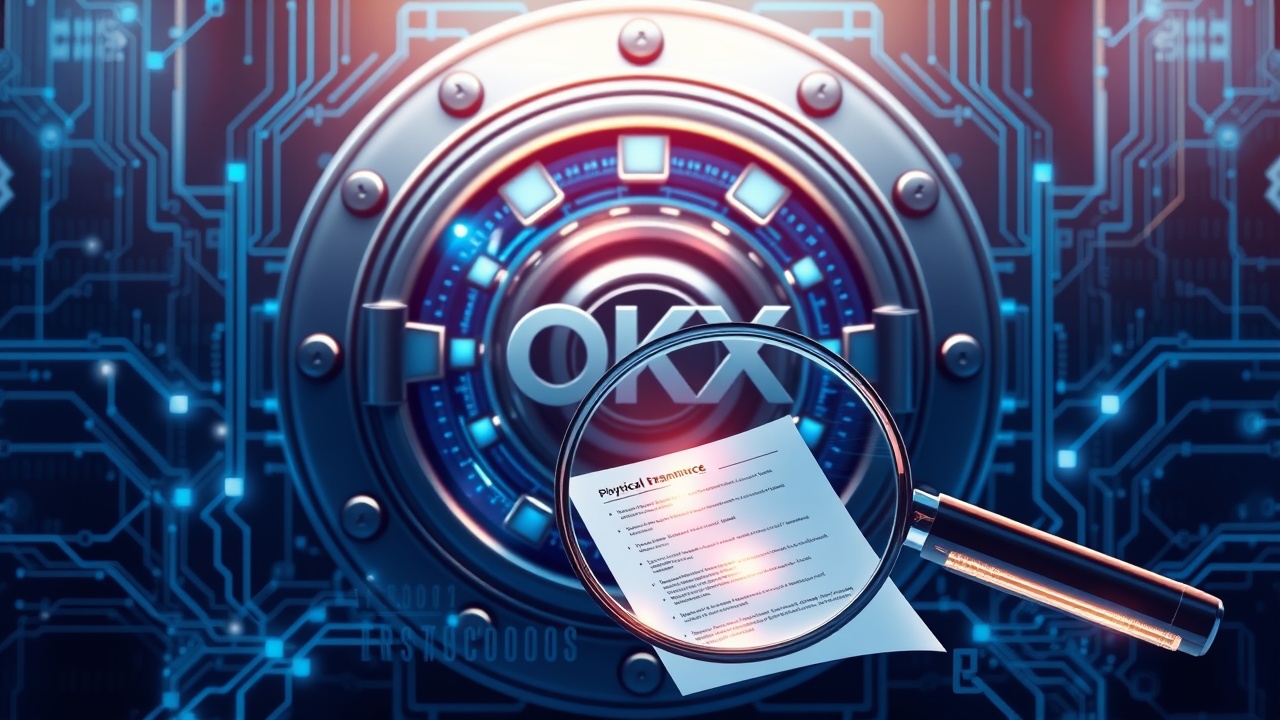Enhancing Trust through Proof of Reserves
In the wake of recent market tremors, prominent cryptocurrency exchanges have begun adopting Proof of Reserves (PoR), a method designed to assure their customers that they possess adequate assets to back user deposits on a one-to-one basis. This cryptographic approach not only enhances transparency about the solvency of these platforms but also protects user privacy by allowing for self-verification. Unlike traditional financial audits, which rely on third-party assessments with limited transparency, PoR utilizes cryptographic proofs that can be independently verified by users. This system aims to reassure users that their assets are secure and that exchanges are not misappropriating funds.
Understanding Proof of Reserves Reports
However, despite the assurances provided by PoR metrics, such as a reserve ratio exceeding 100%, it does not guarantee complete security for assets held on these exchanges. Several major platforms, with OKX being a notable example, continue to consistently release PoR reports, while others have become more inactive in this regard. According to blockchain expert Nic Carter, OKX is often regarded as the gold standard among exchanges for PoR reporting quality.
When reviewing a PoR report, users may quickly feel reassured by what seems like strong reserve ratios (e.g., BTC at 104%, ETH at 101%). Yet, it’s essential to delve deeper beyond these superficial figures. Three critical steps can help users interpret the report more effectively:
Key Steps to Evaluate PoR Reports
- Overview Assessment: Start by evaluating the total user assets and liabilities presented in the report, regardless of what terminology the exchange uses (such as “account assets” vs. “platform liabilities”). It’s crucial that the reserve ratio is at or above 100%, which indicates that the exchange has the necessary funds to cover user withdrawals. For instance, OKX’s April report highlighted a BTC reserve rate of 104%, reassuring users that the exchange not only meets daily withdrawal demands but also has excess reserves to mitigate risks.
- Currency Breakdown Examination: Not all cryptocurrencies provide equal stability. Users should check whether major assets like BTC, ETH, USDT, and USDC are accounted for, as these typically represent a substantial portion of user holdings. It’s also important to cross-reference the total assets listed for each currency against user holdings to spot any discrepancies—significant imbalances may indicate potential withdrawal issues.
- Identifying Potential Manipulations: Users should remain wary of exchanges potentially engaging in practices designed to inflate perceived stability, such as creating misleading liability accounts or misrepresenting capital allocation. OKX mitigates these risks through its utilization of zk-STARK technology, which not only enhances security but also fosters user independent verification by publishing its code openly for scrutiny.
Additional Considerations for PoR Evaluation
In addition to the PoR metrics, six key areas warrant attention:
- The core reserve ratio: A robust ratio above 100% ensures that the exchange can fulfill user requests; however, a sudden rise in this metric could raise red flags if not substantiated by overall user activity.
- The variety of coins accounted for: A healthy PoR generally includes multiple mainstream cryptocurrencies; for OKX, popular coins constitute over 90% of its reported assets, suggesting a higher reliability in solvency assessments.
- The cleanliness of reserves: This metric indicates the share of reserves that does not rely on the exchange’s own tokens, which can be riskier due to their volatility. OKX maintains a cleanliness ratio of approximately 70%, ensuring that liquidity is not solely dependent on potentially unstable platform tokens.
- The trend in reserves for key currencies like BTC and ETH, especially if they demonstrate stable or increasing balances, can hint at overall user trust.
- Proportion of top mainstream cryptocurrencies in the PoR: The more robust the makeup of the top ten currencies, the better protected the exchange is likely to be. For instance, OKX reports that around 88.8% of its PoR comes from these top ten currencies.
- The frequency of PoR reports: Regular updates can serve as indicators of an exchange’s health; OKX, for instance, publishes its PoR monthly—underscoring a commitment to transparency and reliability.
Moreover, third-party platforms can provide valuable benchmarking against the exchange’s own reports. Tools such as DeFiLlama’s CEX Transparency module and Nansen’s CEX Token Flow feature offer important external assessments that users should utilize to validate claims made by exchanges. While PoR is an essential element of security, it’s crucial that users leverage multiple data sources to reach a well-rounded understanding of any exchange’s assets.
Conclusion: Trust through Transparency
Ultimately, OKX seeks to reinforce confidence through pioneering zk-STARK technology alongside rigorous audits by independent agencies like Hacken. Consistent PoR reporting paired with advanced technology safeguards user assets, creating a transparent environment that enables users to verify the validity of the exchange’s claims. As a result, OKX aims to lead the industry in trust and transparency, advocating for users to adopt a mantra of “Don’t Trust, Verify.”

















